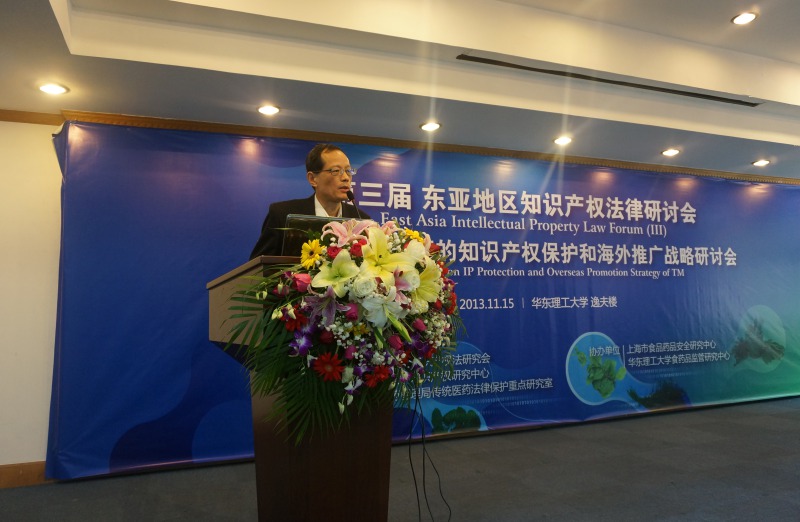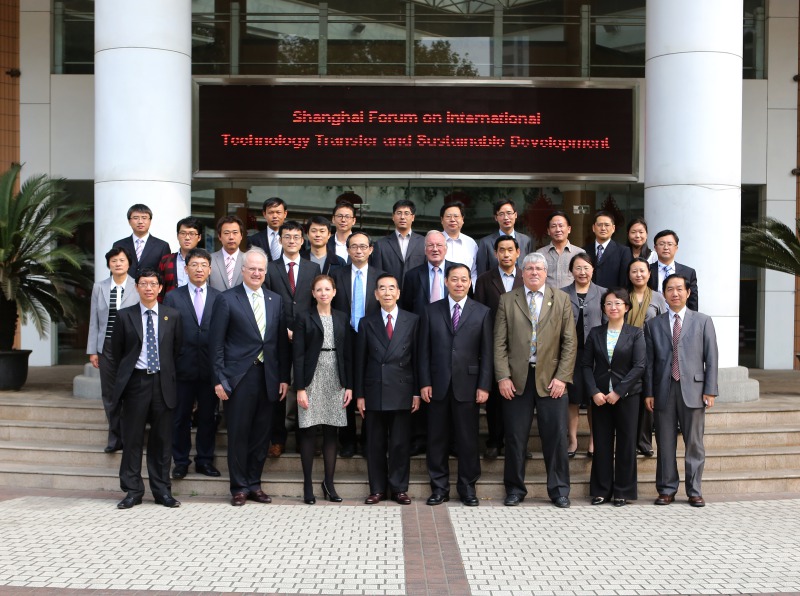The team found genotypes that predict the clinical phenotype of moyamoya patients in China
Moyamoya disease is a chronic progressive cerebrovascular disease characterized by progressive narrowing and occlusion of the distal end of bilateral internal carotid arteries.At present, the etiology and pathogenesis of moyamoya disease are not clear, and the natural course of disease varies greatly among individuals.
At present, there have been no systematic studies on the relationship between p.r. 4810K genotype and clinical phenotype in MMD patients in China.On this basis, the team in 1385 cases of moyamoya disease cases and 2903 controls after the analysis to summarize the clinical phenotype and genotype of, transition from basic research to clinical practice, put forward of p.R RNF213 gene 4810 k heterozygous mutations can predict the clinical phenotype of Chinese patients with moyamoya disease, and for the first time in p.R China patients with moyamoya disease was 4810 k heterozygous mutation of regional distribution is studied.
Research shows: the Chinese patients with moyamoya disease RNF213 p.R 4810 k mutation rate was 22.7%, lower than Japan (90%) and Korea (79%), in addition, the study also found that in normal people in China, p.R 4810 k site GA genotype frequency was 0.5%, far lower than the Japanese (1.36%), and the Korean population (1.36%), according to the genetic background of Chinese patients with moyamoya disease with Japan and South Korea have obvious difference.
Based on the large sample size of this study, the researcher summarized the cases of 1385 cases of moyamoya disease in regional distribution throughout the country, and mutation rate of p.R provinces patients with moyamoya disease was 4810 k has carried on the statistical analysis, the results found that the east and northeast of China close to Japan, South Korea coastal provinces, such as shandong, jiangsu and liaoning province (37.2%, 37.0% and 33.3% respectively) p.R 4810 k mutation rate is highest, and the southern city of 4810 k or inland p.R mutation rate is low, this may be related to human migration routes,It was further proved that the ancestor mutation RNF213 p.r4810k of moyamoya disease was the main pathogenic gene of moyamoya disease in China.
The results also showed that carry p.R China 4810 k mutations smoke disease characterized by low starting age, high rate of posterior cerebral artery involvement and higher family moyamoya disease risk, at the same time p.R 4810 k bleeding/locus mutation with Chinese patients with moyamoya disease were not significantly associated with ischemic, and pathological changes of intracranial vascular single and double side of Chinese patients with moyamoya disease classification has no significant correlation.
Moyamoya disease is a kind of multi-gene disease with complex and diverse clinical manifestations. Only when a large sample size is included in the joint study of molecular biology and clinical medicine on patients with moyamoya disease can the etiology and pathogenesis of moyamoya disease be clarified.This study on genotype-clinical phenotype of patients with moyamoya disease is a very meaningful start, and its guiding significance for clinical work needs to be further verified and improved by multi-center and large sample studies.
Source: https://www.cn-healthcare.com
Time: 2020.02.13
next:Scientists used gene-editing techniques to create rice with herbicide-resistant genes


